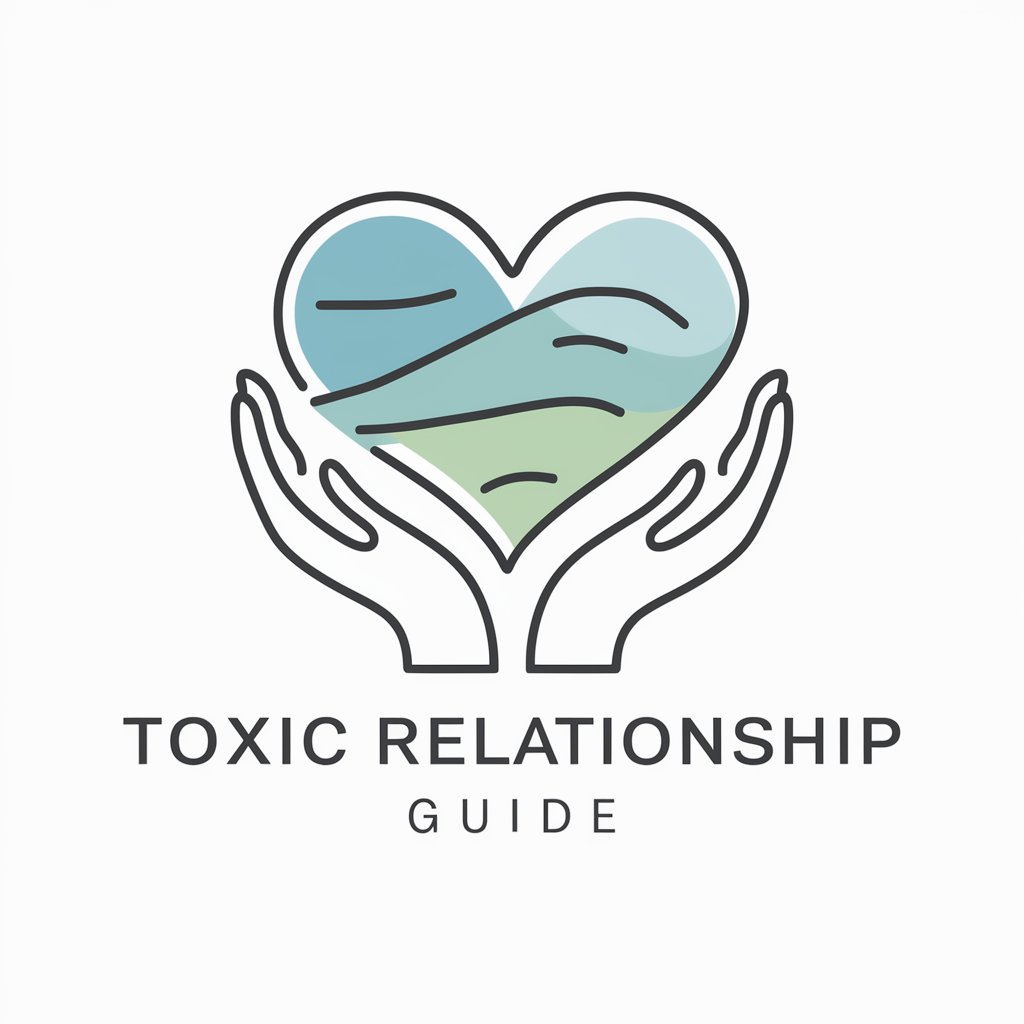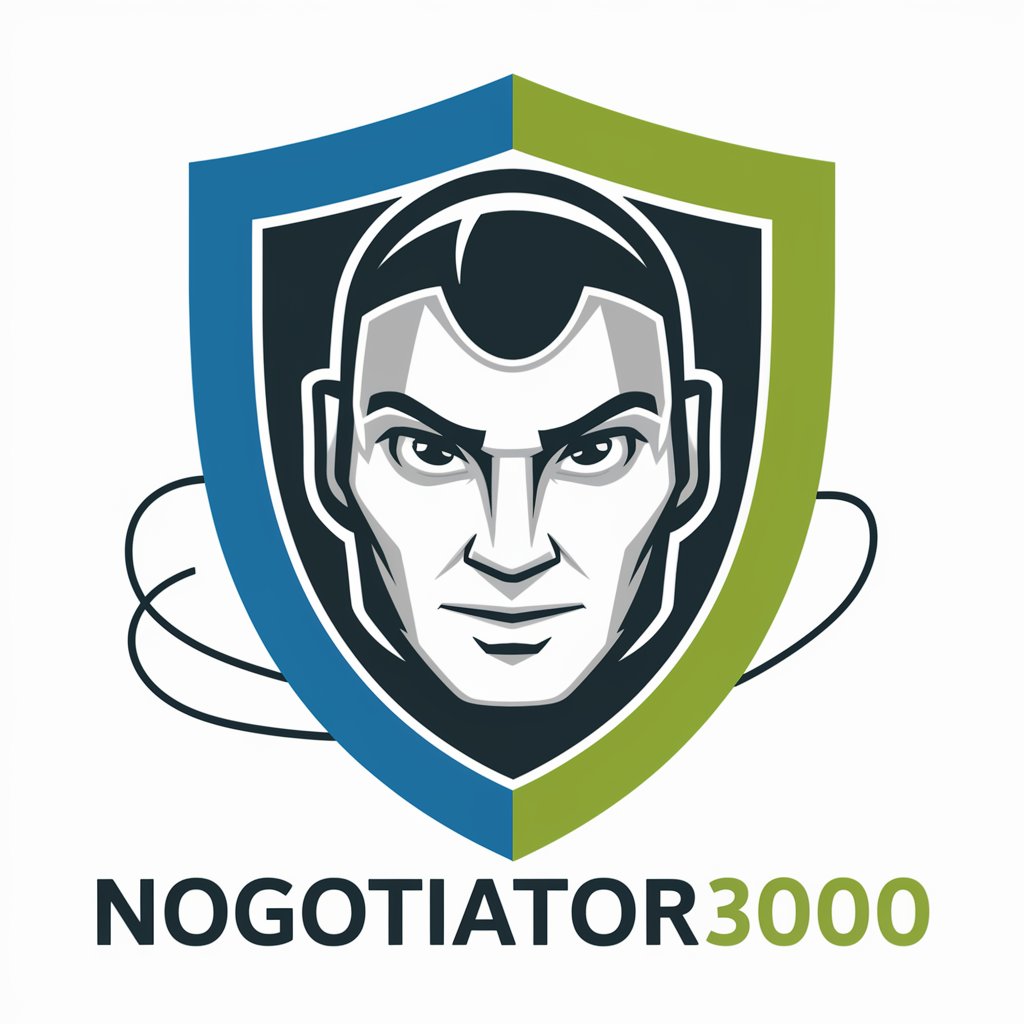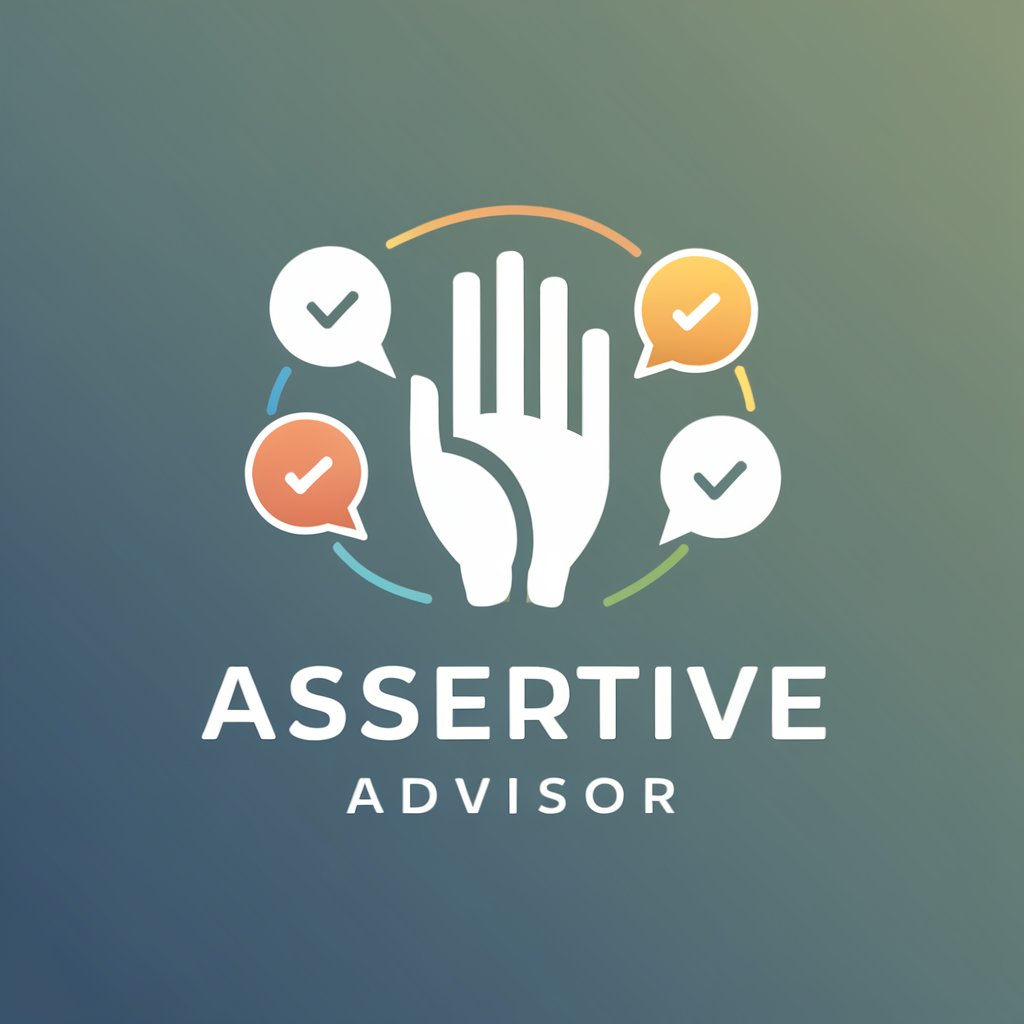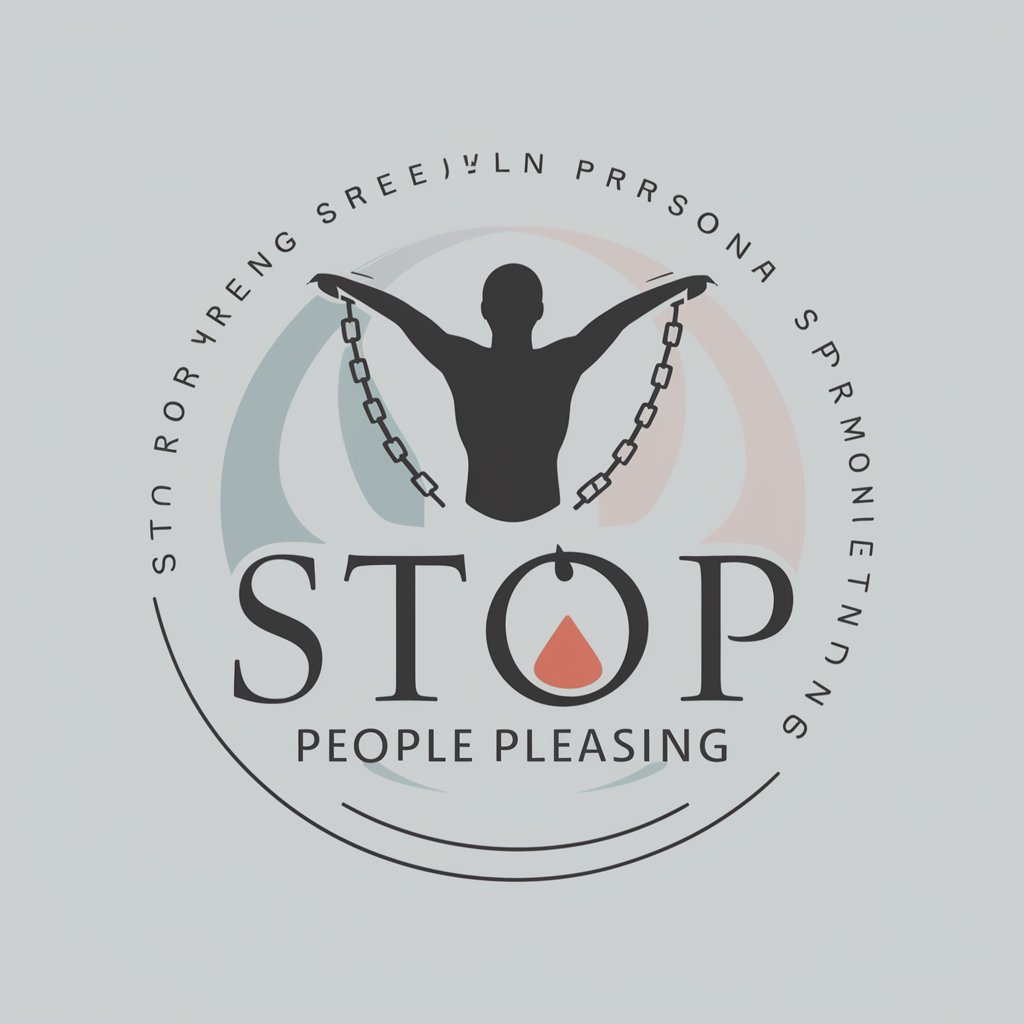8 GPTs for Boundary Setting Powered by AI for Free of 2025
AI GPTs for Boundary Setting are advanced AI tools, leveraging Generative Pre-trained Transformers to facilitate the establishment and management of boundaries in various contexts. These tools are specifically designed to analyze, interpret, and generate responses based on predefined or dynamic boundaries. Their relevance lies in their ability to offer tailored solutions for managing personal, professional, or digital spaces, ensuring users can maintain control over their interactions, data, and overall environment.
Top 8 GPTs for Boundary Setting are: Social Navigator,Toxic Relationship Guide,How to be More Disappointing to Relieve Burnout,NoGoTiator3000,Assertive Advisor,Tactful Letter Scribe,Stop,Stop People Pleasing
Social Navigator
Navigating social nuances with AI

Toxic Relationship Guide
Empower Your Healing Journey with AI

How to be More Disappointing to Relieve Burnout
Empowering self-care with AI guidance

NoGoTiator3000
AI-Powered Boundary Mastery

Assertive Advisor
Empowering honest and respectful conversations.

Tactful Letter Scribe
Craft precise, respectful letters effortlessly

Stop
Empower your emotional wellness with AI

Stop People Pleasing
Empowerment through AI-driven Self-Help

Key Attributes and Functionalities
These AI GPT tools excel in adaptability, capable of handling tasks ranging from simple reminders to complex negotiations of digital or interpersonal boundaries. Unique features include nuanced language understanding for sensitive contexts, technical support for implementing boundary protocols, web searching for up-to-date boundary setting practices, image creation for educational or illustrative purposes, and data analysis to inform boundary adjustments. Their ability to learn from interactions ensures continuous improvement in boundary management strategies.
Who Can Benefit
AI GPTs for Boundary Setting are designed for a wide audience, including individuals seeking to manage personal boundaries, developers looking to incorporate boundary settings in applications, and professionals in HR, psychology, and cybersecurity fields. These tools are accessible to users without coding skills through user-friendly interfaces, while also offering extensive customization options for those with programming knowledge, making them versatile for various needs.
Try Our other AI GPTs tools for Free
Understanding Toxicity
Discover how AI GPTs for Understanding Toxicity are revolutionizing online safety, offering advanced tools for detecting and managing toxic content across digital platforms.
Satirical AI
Discover the power of AI GPTs for Satirical AI, the ultimate tools for creating, understanding, and engaging with satirical content. Perfect for creators, developers, and enthusiasts alike.
Workout Analysis
Discover how AI GPTs for Workout Analysis can transform your fitness journey with personalized insights, tailored workout plans, and performance analytics.
Fitness Insights
Discover how AI GPTs for Fitness Insights revolutionize personal health by offering tailored advice, workout plans, and nutrition tips, all through advanced AI technology.
Balanced Discussion
Explore how AI GPTs for Balanced Discussion transform dialogues by ensuring fairness, inclusivity, and diversity, making every conversation meaningful.
Crossword Solving
Explore how AI GPTs revolutionize crossword solving with advanced linguistic understanding, adaptable solutions, and a user-friendly approach, catering to enthusiasts and professionals alike.
Further Considerations and Applications
AI GPTs for Boundary Setting stand out for their ability to provide customized solutions across different sectors, from personal space management to digital security. Their integration into existing systems enhances user experience by making boundary management more intuitive and effective. Moreover, their evolving capabilities promise continued advancements in understanding and implementing boundaries in various contexts.
Frequently Asked Questions
What are AI GPTs for Boundary Setting?
They are AI tools that utilize GPT technology to help users establish and manage various boundaries through customized responses and actions.
How do these tools adapt to different boundary settings?
They leverage advanced AI to learn from interactions, allowing them to adapt their responses and strategies for managing boundaries over time.
Can non-technical users easily use these tools?
Yes, they are designed with user-friendly interfaces that require no coding knowledge, making them accessible to a broad audience.
What makes AI GPTs for Boundary Setting unique?
Their nuanced understanding of language and context, combined with continuous learning capabilities, sets them apart in managing boundaries effectively.
Are there customization options for developers?
Yes, developers can access APIs and coding interfaces to tailor the tools' functionalities to specific applications or needs.
How can these tools benefit professionals in HR or psychology?
They offer solutions for managing interpersonal boundaries and can provide insights into effective boundary setting practices.
Can these tools integrate with existing systems or workflows?
Yes, they are designed to be flexible and can be integrated with various systems or workflows to enhance boundary management.
What future advancements can be expected in AI GPTs for Boundary Setting?
Ongoing developments in AI and machine learning will likely introduce more sophisticated language models, improving their adaptability and effectiveness in boundary setting.